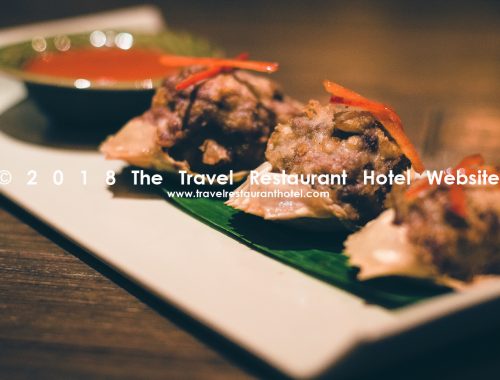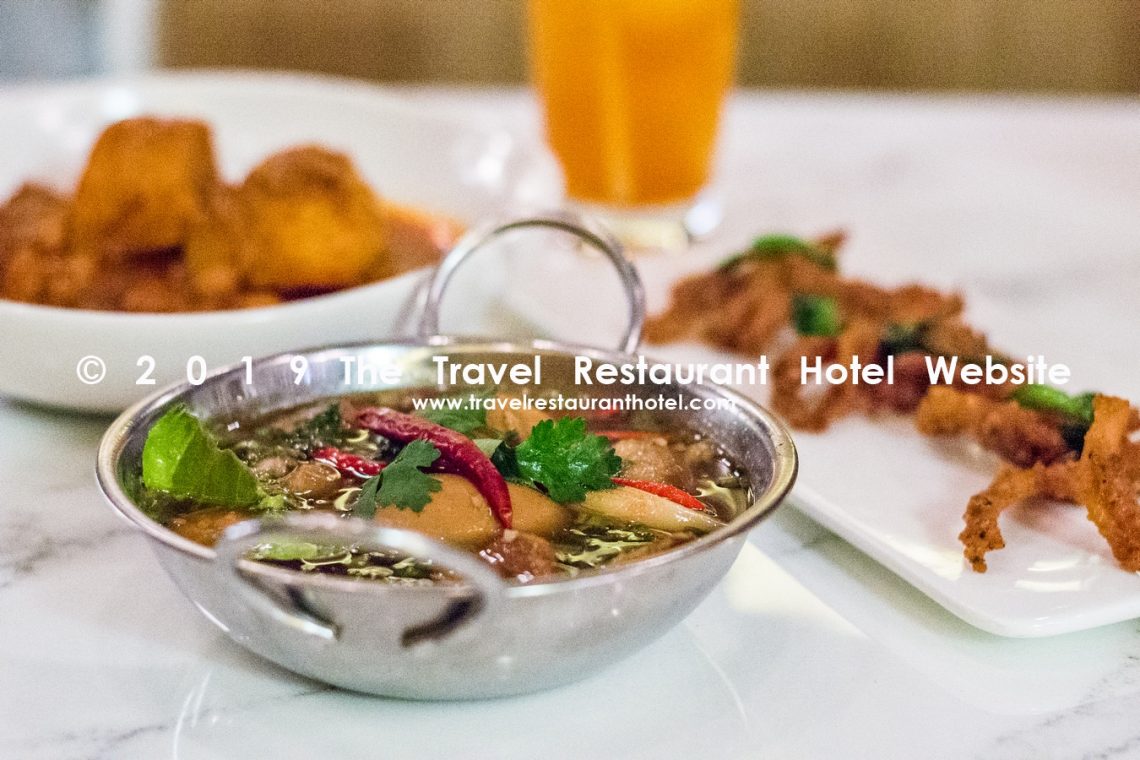
Baan, Bangkok
Thailand is a society obsessed with food. How obsessed do you ask? Well, “have you eaten?” is a common greeting and asking for seconds is not only acceptable but encouraged behaviour.
With such societal norms, adages such as “The kitchen is the heart of the home” is an incontrovertible statement in a gastronomical hub such as Thailand.
Baan, meaning “home” in Thai, is the latest addition to Chef Ton’s (also known as Thitid Tassanakajon) growing list of popular restaurants such as Le Du and Taper.
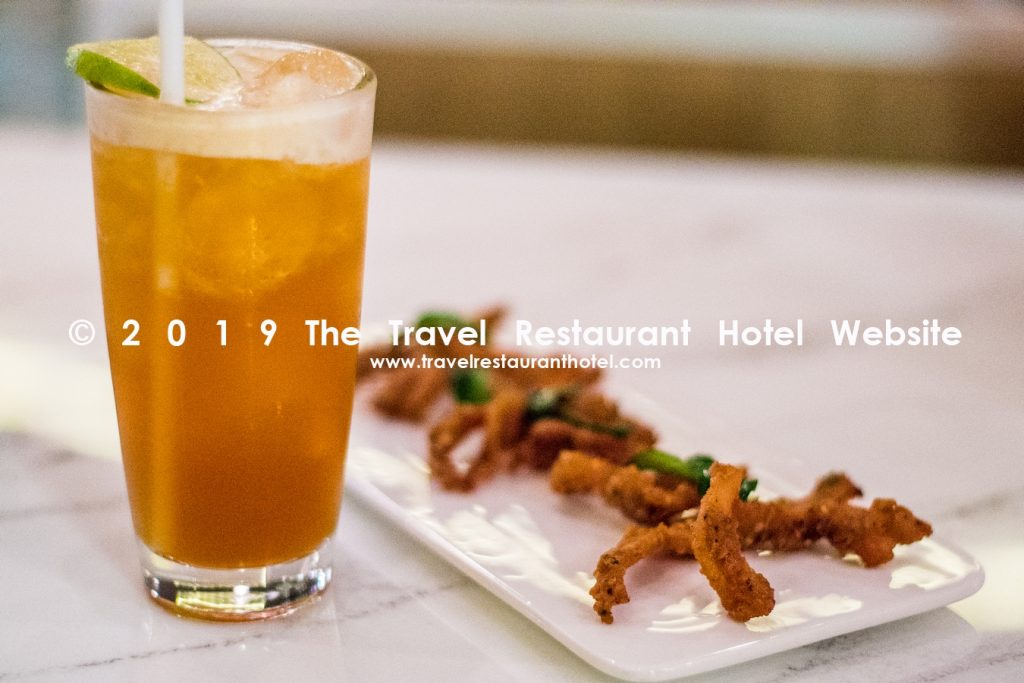
The name was deliberately chosen to invoke childhood memories of cherished family recipes, timeless flavours and homeliness that takes us straight back to our memories of eating our favourite dishes from our mother and grandmother as a child.
Reinforcing the theme of “home” is the décor. Uncomplicated, warm and comforting, rustic wooden tables and chairs contrast with the dark paint, warm wall features and charming lamp clusters to create a comfortable, homey and modern atmosphere that sets guests at ease.
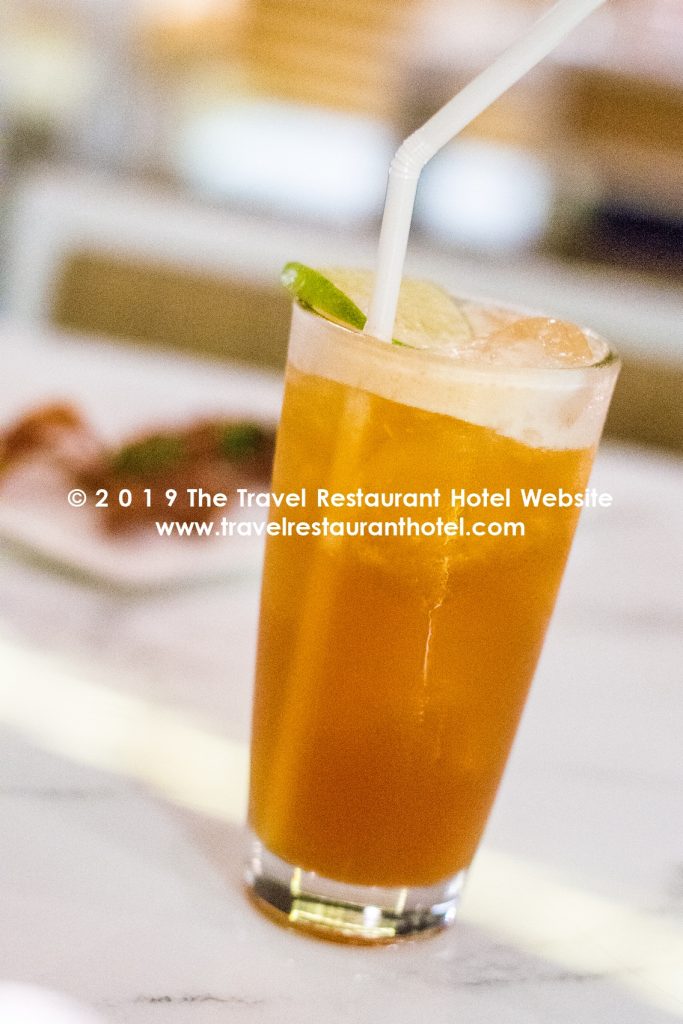
The menu
Comprising of modern twists on classic favourites, Chef Ton emphasizes the use of only locally grown and sustainable produce. Our meal was kicked off to a delicious and savoury start by a humble yet beloved dish.
Larb Moo Tod. (fried meatballs) (B280)
Instead of using the traditional ingredient of pork, dry aged beef was utilized to elevate the dish. Invitingly crispy on the outside and juicy inside, it was meaty, spicy and satisfying. While it was great, a touch more acidity from a source such as lime to balance out the rich flavours would have made it a homerun.
The highlight of the evening had to be the Kai pa lo tom sap (aromatic meat stew traditionally made with pork) (B280).
A classic dish with Chinese influences, the perfectly cooked pork belly with a punchy flavour and unctuous texture. The pork belly when paired with the sweet and zesty egg soup (pa leow) was a delight to eat and we couldn’t stop ourselves from wolfing it down.
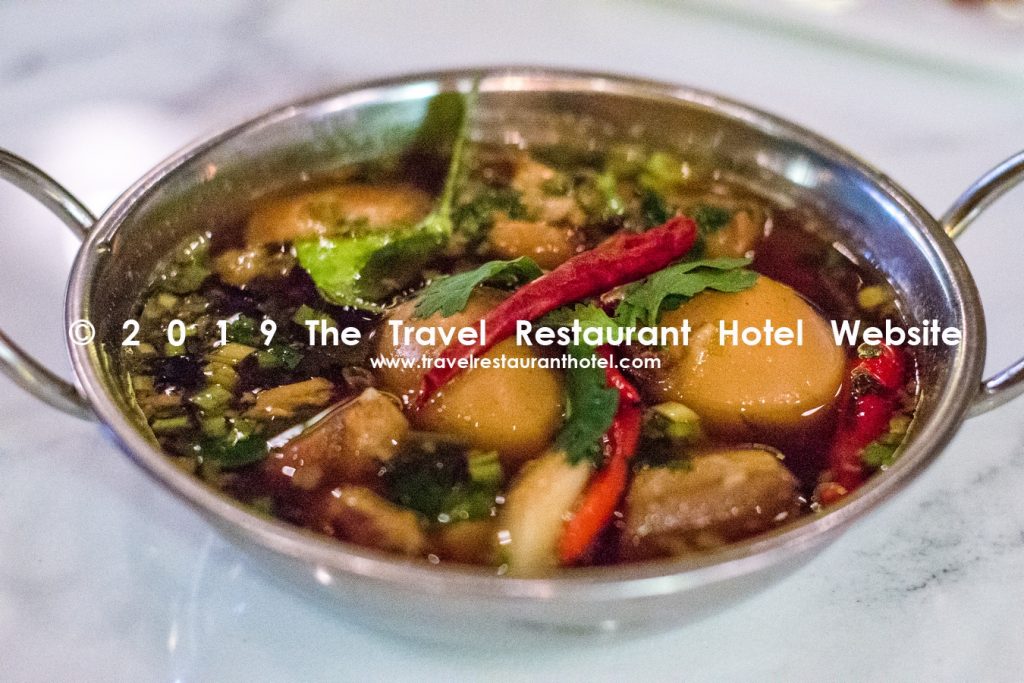
While dining etiquette stopped us from licking our bowls clean, our attention was diverted by the next dish. Massaman curry, a signature dish at Baan. (B450)
Made with braised lamb belly, it was aromatic, robust with a tantalizing spice mix that accentuated the coconut milk, and kept the dish from tipping over into unbearable richness.
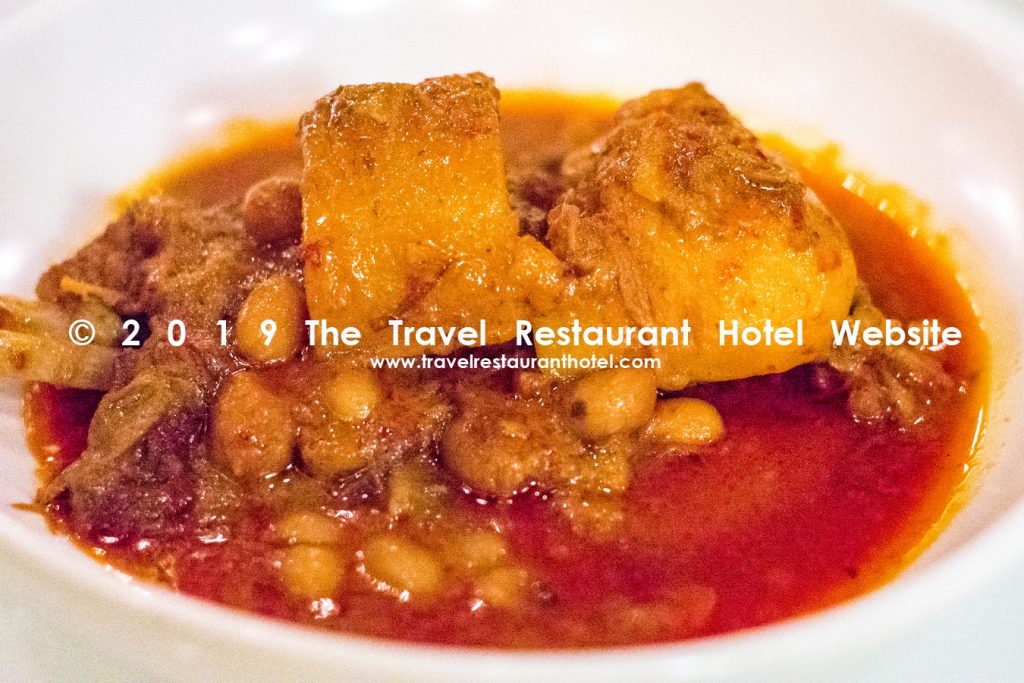
The lamb belly was tender enough to be pulled apart with a fork and the kaleidoscope of textures and flavours made this an almost addictive experience.
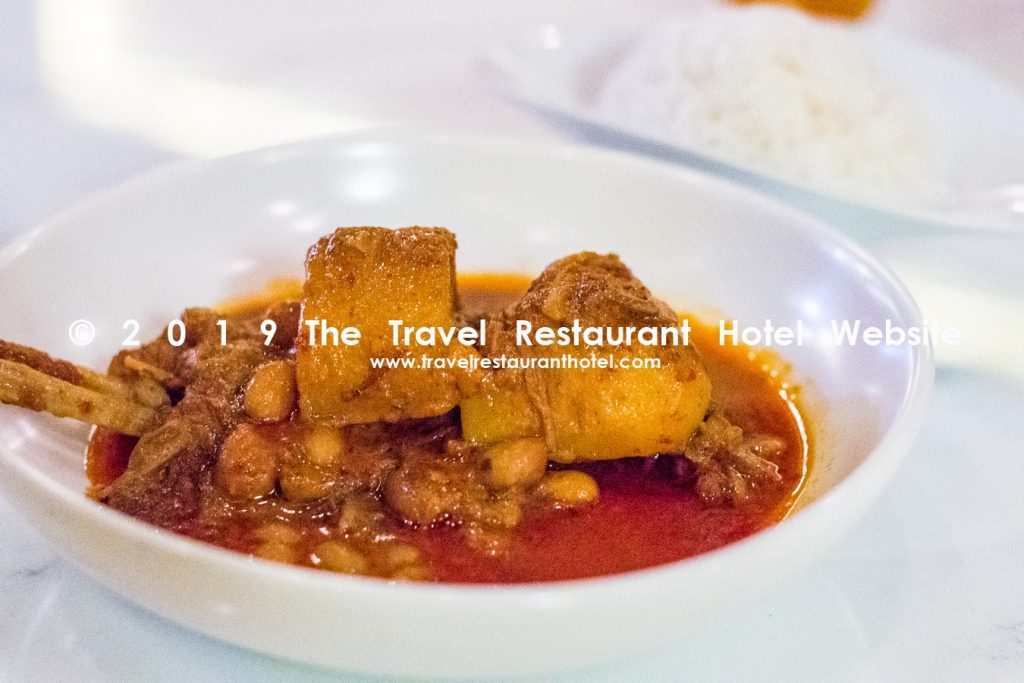
You’d think we had no more room after a meal such as that. But we absolutely had to try some of the more alluring options such as the Young coconut jelly (B120) and the Mango sticky rice. (B250)
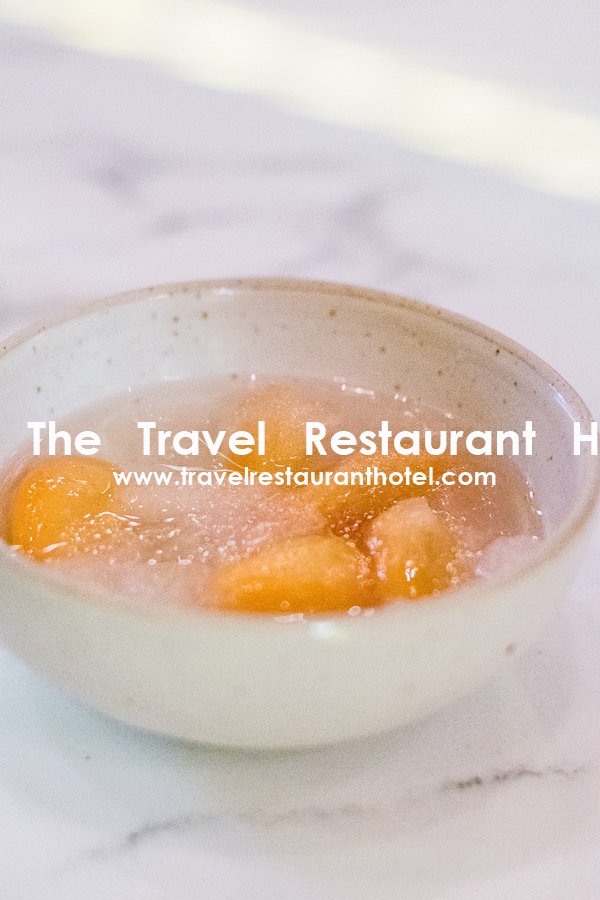
While all the usual suspects for alcohol are available to all guests, we highly recommend a different type of beverage to cool you off from the sweltering heat and to get ready for the feast to come. Baan’s Pineapple Mojito (B200) is their signature mock tail and contains a bracing mixture of pineapple, lime and mint.
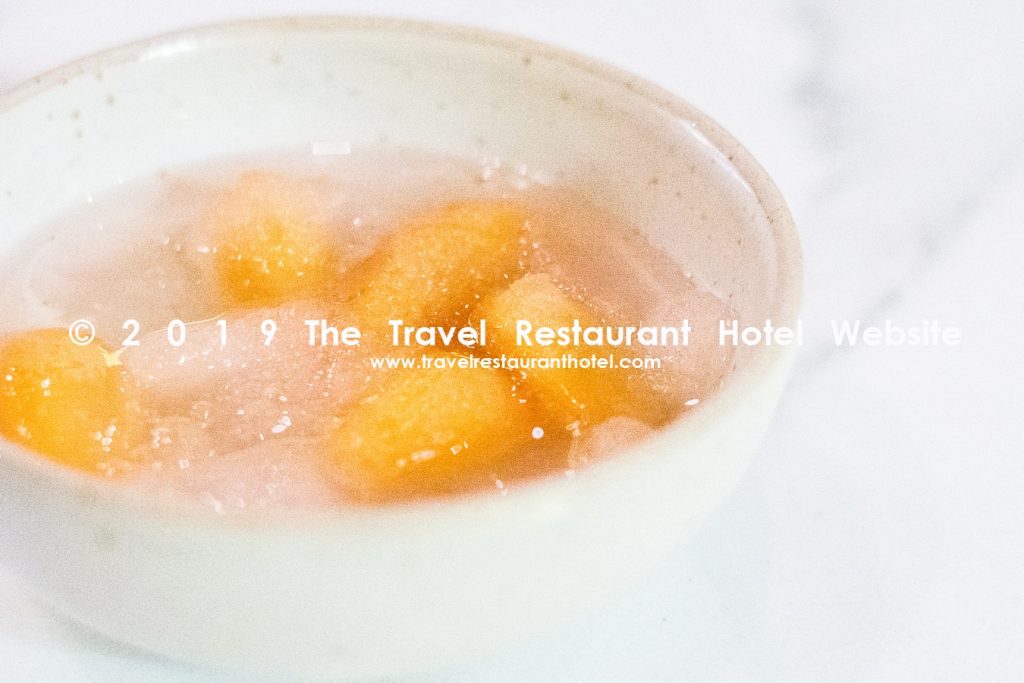
Insider tip
Baan takes great pride in the sourcing of their ingredients. Their high quality beef from a small Islamic farming community in Pak Chong who eschew the use of chemicals and hormones.
Their eggs come from free-range hens in Saraburi and their seafood are acquired from sustainable fishermen in Prachuap Khiri Khan. Of course, their rice is from an organic farm located at Si Sa Ket.
If you can’t make the time to head to Baan but still want to have their food, delivery is an option within central Bangkok.
Value & verdict
While Baan undoubtedly commands a premium for their food, it is a refreshing take on traditional classics that is sure to impress your guests and leave you anxious to return again.

Drop Bar and Lounge, Kuala Lumpur

SaLe Marino, Singapore
You May Also Like
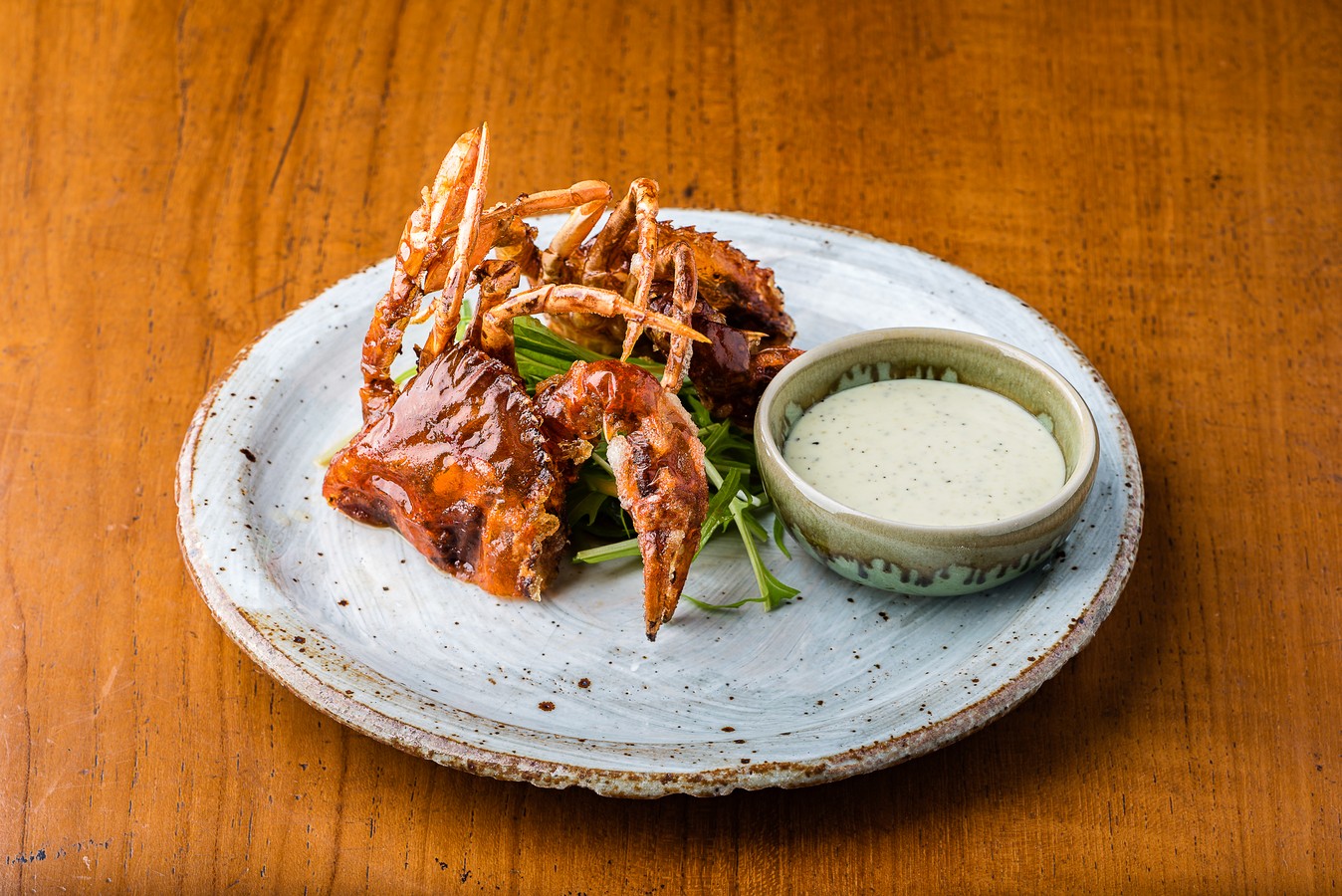
Zuma, Bangkok
October 2, 2016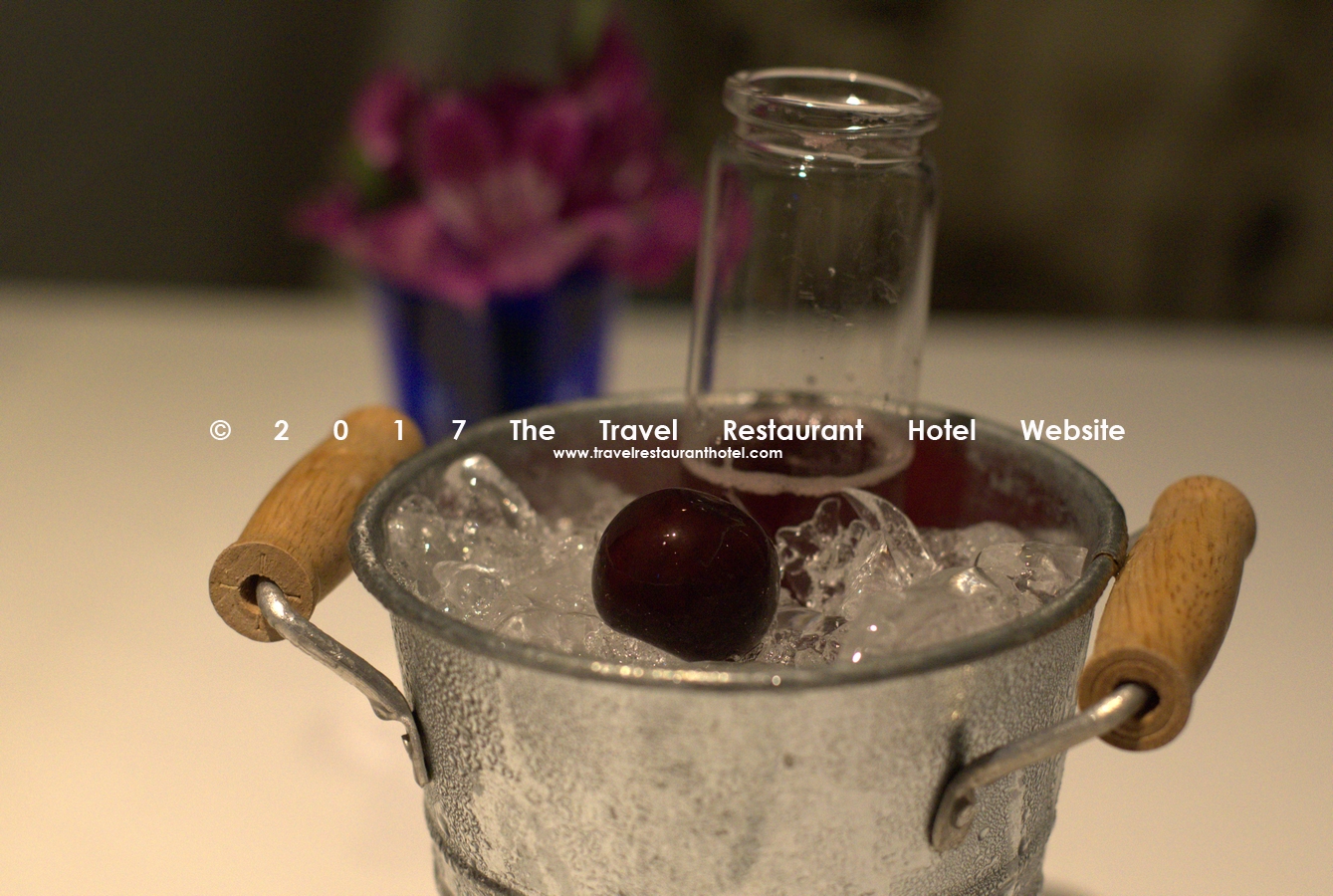
Top Recommended Restaurant Bangkok: Gaggan
September 21, 2017